SUMMARY
This is AI generated summarization, which may have errors. For context, always refer to the full article.
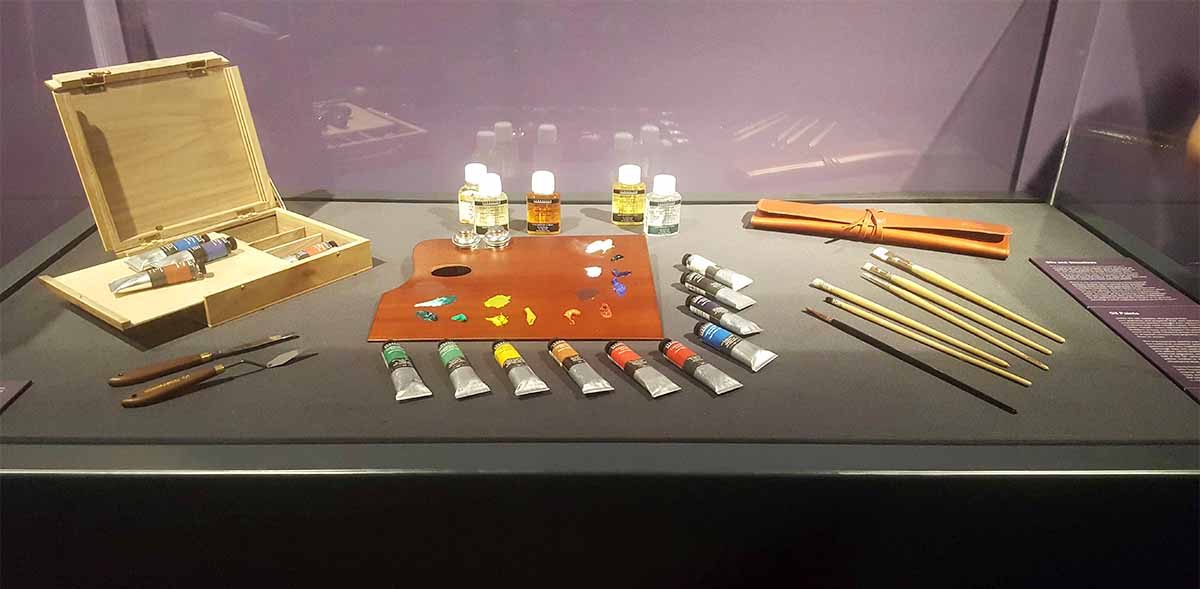
SINGAPORE – It’s not everyday that anyone can see priceless Renoirs or Monets hung on a wall – these paintings are mostly only seen in books or on the internet. Continuing the latest showcase, “Century of Light”, National Gallery Singapore, in collaboration with Parisian modern art museum Musée d’Orsay, brings together over 60 magnificent and important pieces by the pioneers of Impressionism. Highlighting the best artists of that genre, a walk through the different colored rooms chronicles the influential movement and the progression of its bold techniques and colors.
Telling part of France’s history, the masterpieces show the progression on the perception of light, sceneries, and colors, while doing away with traditional styles of forms and drawings. Revolutionary at that time, painters like Édouard Manet, Alfred Sisley, and Paul Signac among others transformed what was deemed acceptable. Impressionist works were consistently declined by official Salons of that time, thus urging artists to hold exhibitions of their own in various venues from 1874 – 1886.
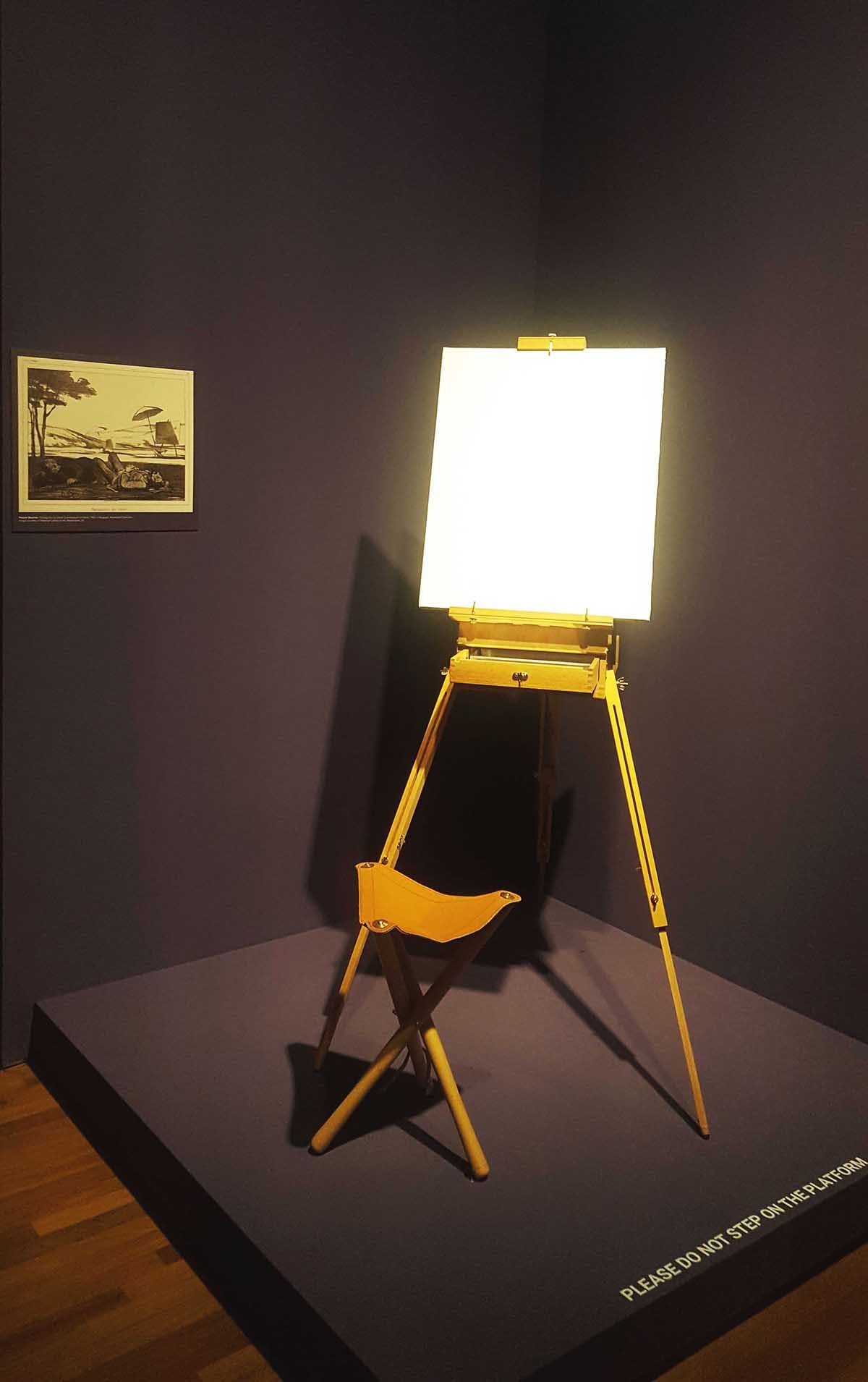
The exhibition begins with the recurring use of black showing the realities of the time. Notably, Manet’s painting entitled, “Angelina,” shows a common lady with harsh lighting on the face in a somber atmosphere. When the movement started, Manet had a distinctive use of darker shades and black in his works. Painted during his stay in the coastal city of Boulogne-sur-Mer in 1868, “Clair de lune sur le port de Boulogne” is an integral work that captures his free brushwork of the many elements that compose the evening scene.
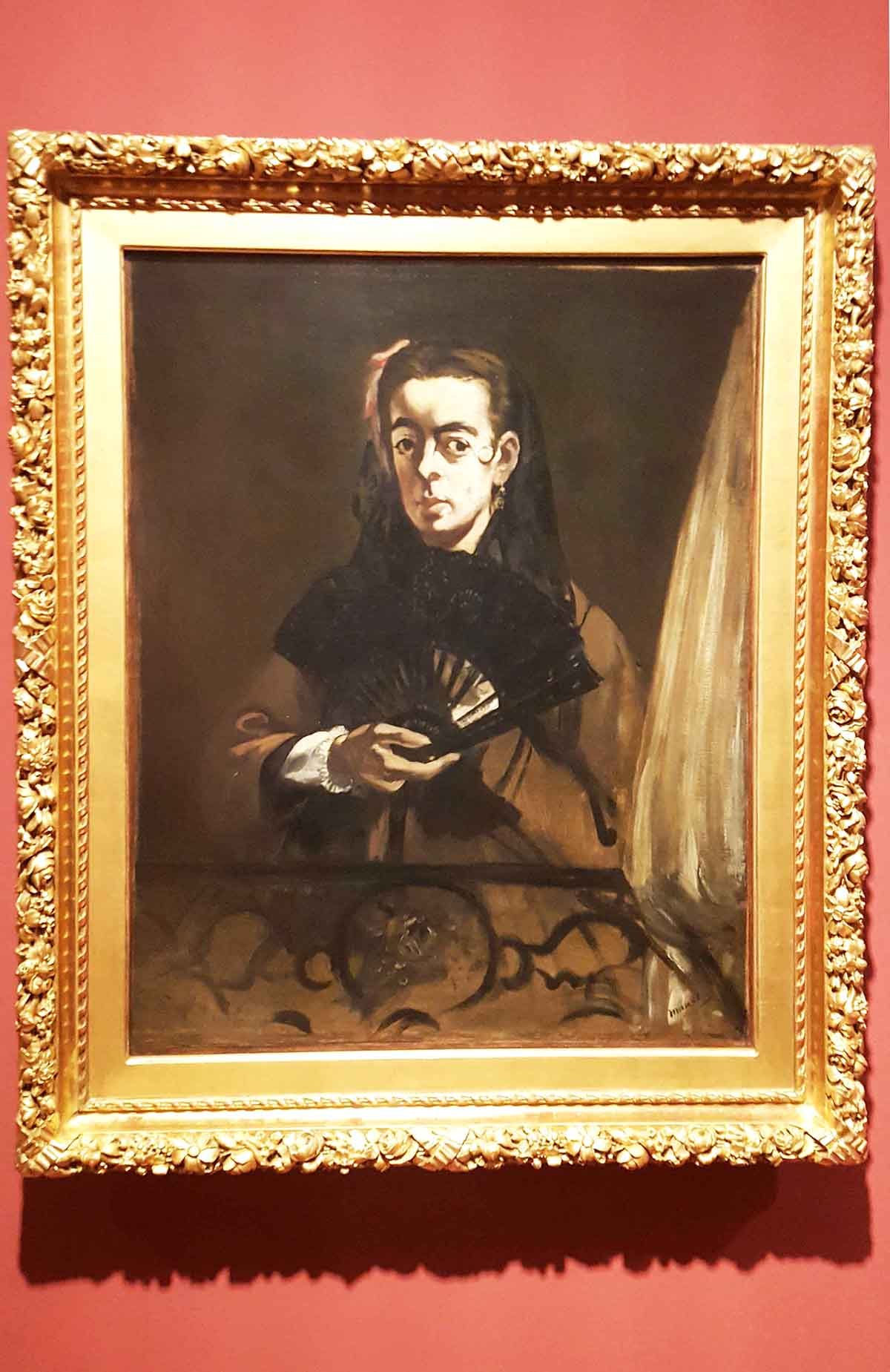
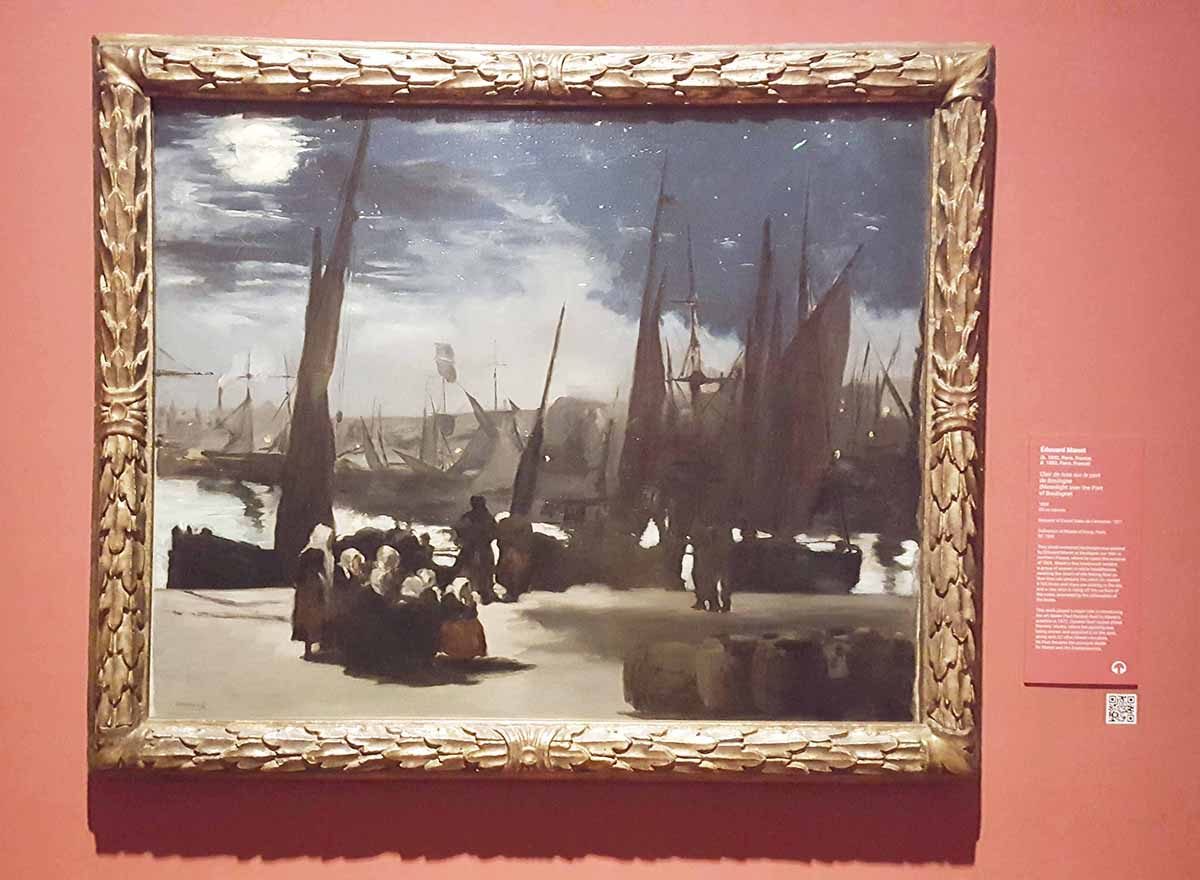
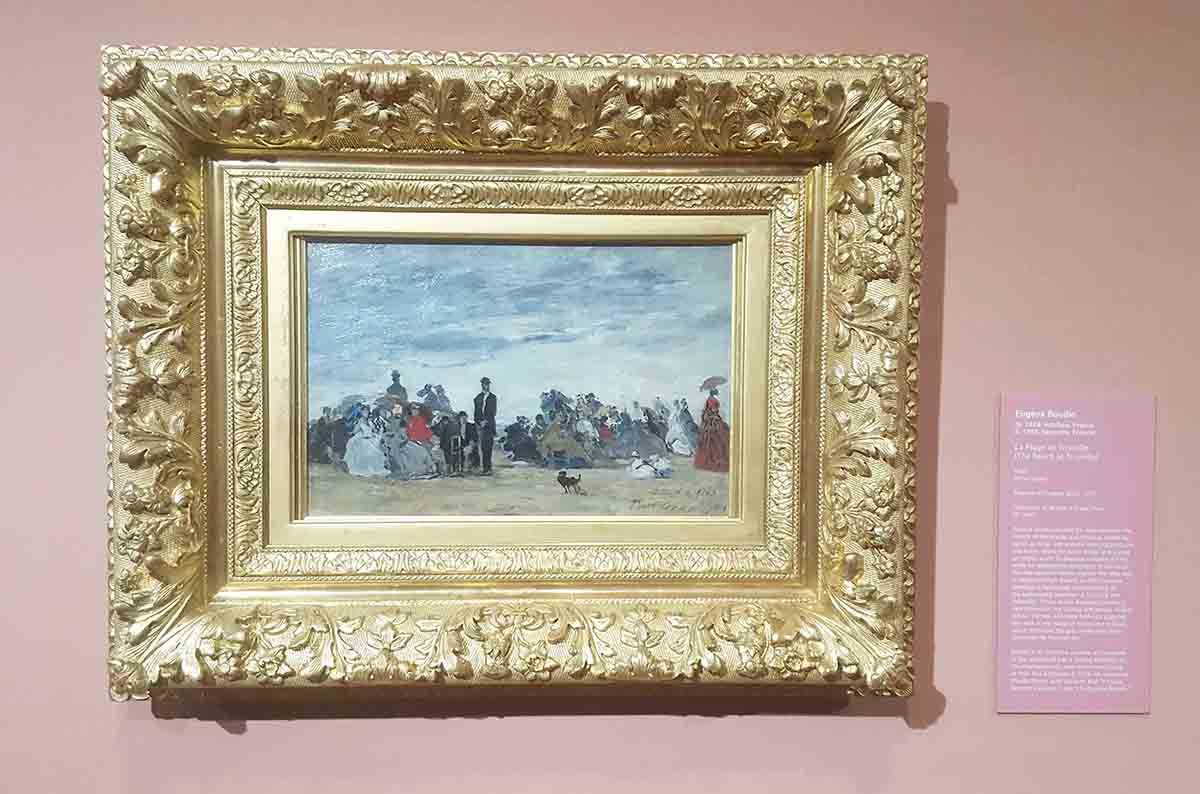
Eventually, new pigments became available to artists and the theory of colors was better comprehended. Artists employed the le peinture claire (light painting), capturing the fleeting effects of light through pure colors, subtle contrasts, and rapid brushstrokes. A complete change from darker moods, the brighter and lighter scenes were due to the resistance from academic history painting to showcase the impressions they see through direct observation.
In the 1860s – ’70s, France experienced a lot of snowfall. This paved the way for the artists to hone techniques in using blue and white tones to capture shadows and snowscapes. “La Pie” is one of the Monet’s greatest pieces, using a range of colors to express the stillness of the scene, the heavy layers of the snow, while creating a luminous surface. Still far from perfect, the shadow of the magpie’s form is in reverse from the actual bird perched on the fence.
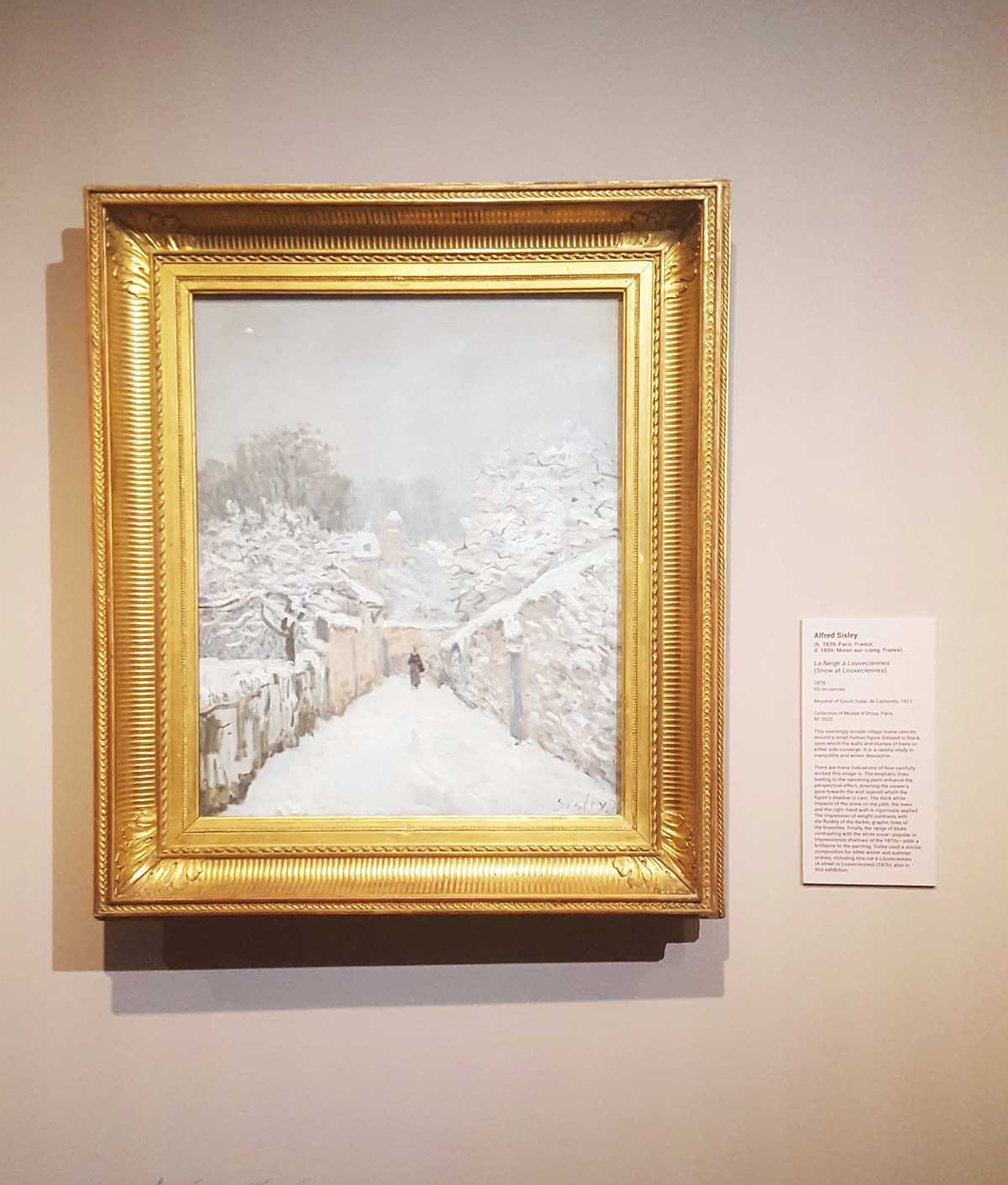
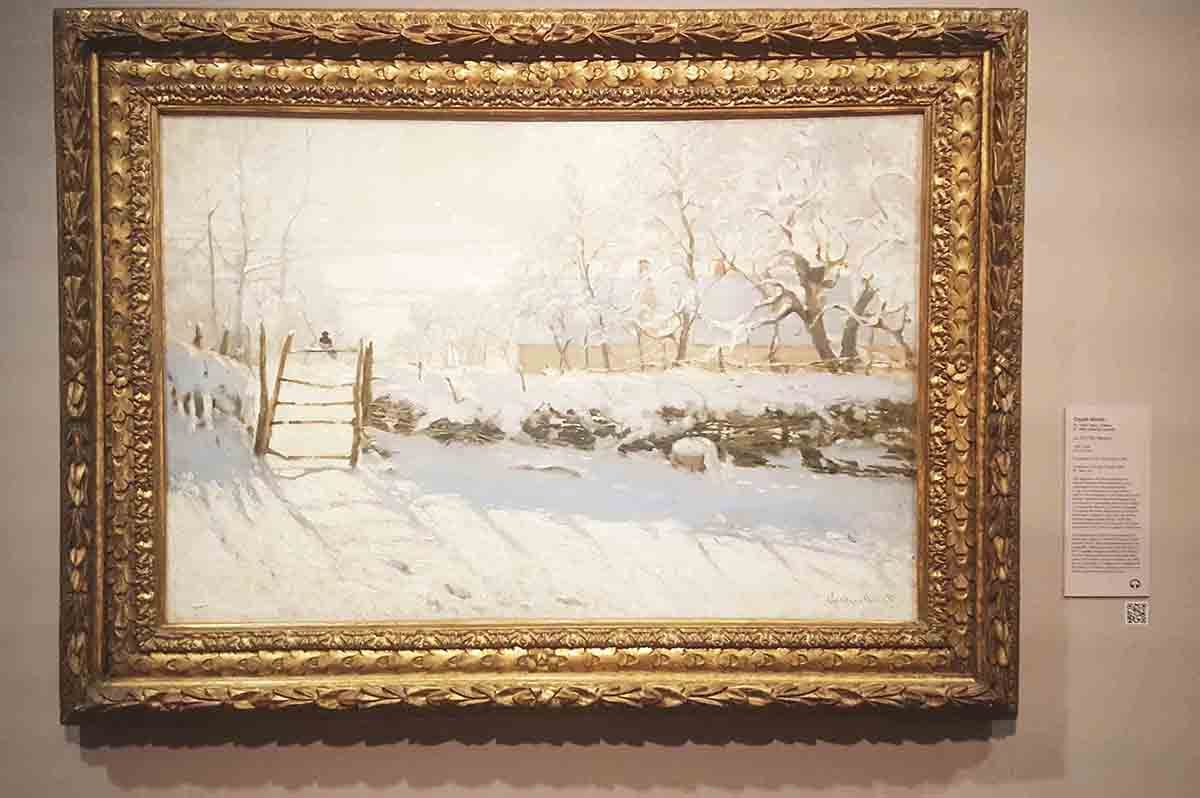
With the advent of more vivid and versatile colors, lush greens and blues that depict the French landscape, as well as quiet seascapes that depict boating and seascapes, became a favorite subject. The clouds, sailboats and water highlight staccato and smoother strokes. Claude Monet’s “Le Bassin aux nymphéas, harmonie rose” shows Monet’s Japanese garden where he painted most of his water lilies before his eyesight began to deteriorate. It shows hardly any sky, with green hues in the reflection as well. A gradual yet significant shift, this period showcased a number of outdoor paintings and acted as a precursor to Neo-Impressionism.
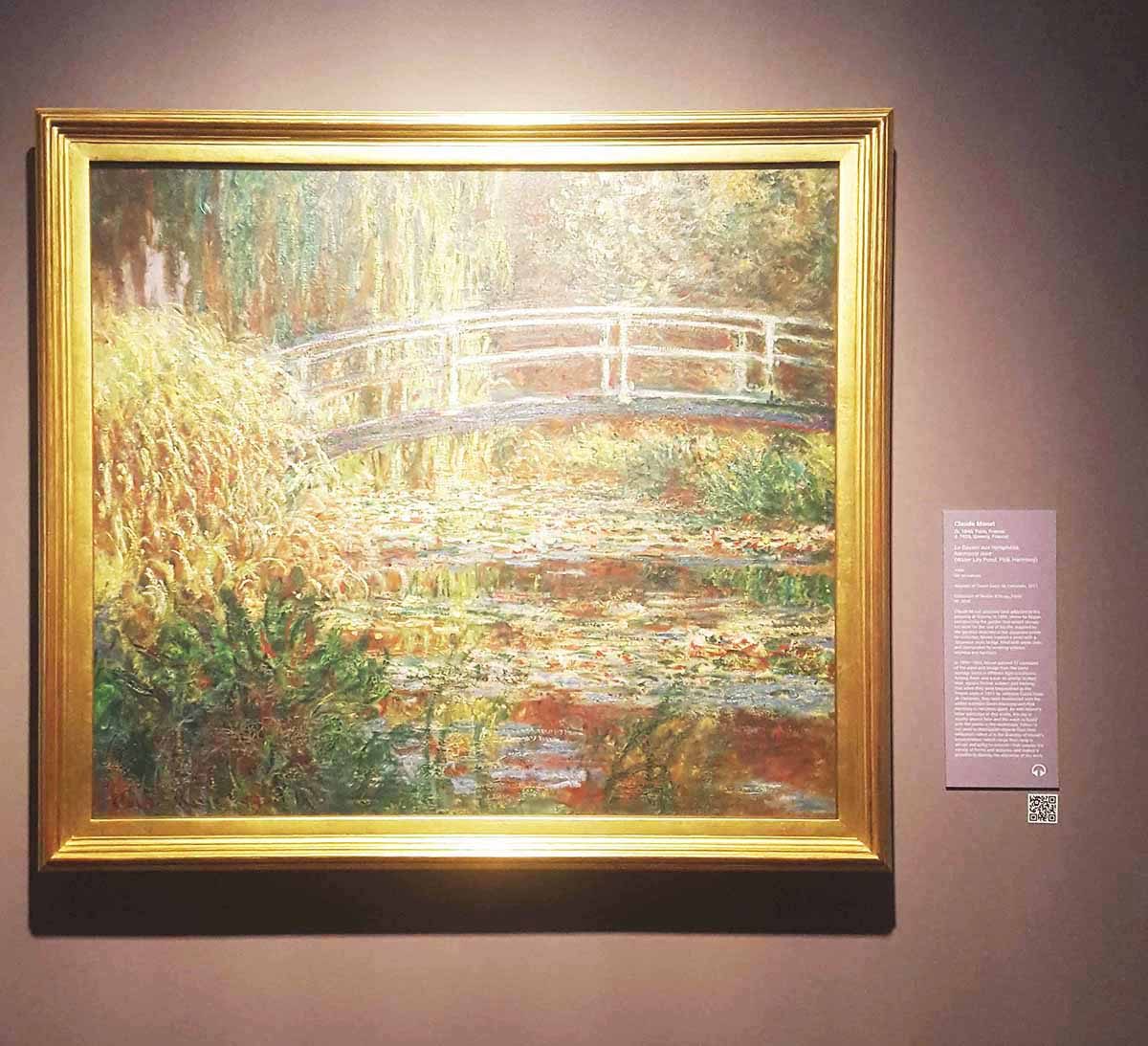
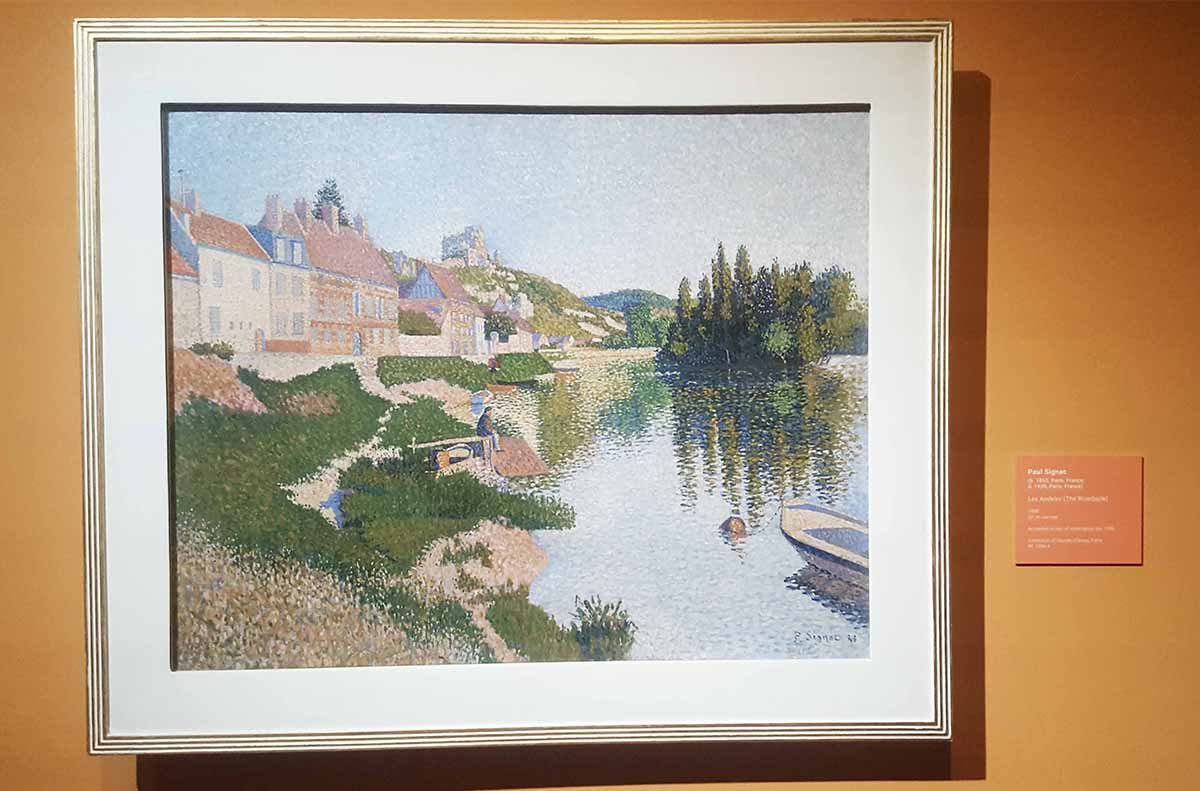
Latter stages of the movement moved to soft pinks and purples, creating more complementing hues to subjective realities. The idea was to evoke the atmosphere and mood instead of creating a more straightforward image of what artists see. A more modern approach in displaying images and colors, it also highlights pointillism. As seen in Paul Signac’s work, he uses small brush strokes with colors side by side rather than mixing it altogether.
Understand the different stages of art and social landscape by simply observing the feel and scenes of the exhibition. Dwell into the nature and thoughts of these prolific artists with the considerably bold colors and techniques of that time. It is a rare chance for those of us who live in Asia to completely immerse in a beloved art movement that forever shaped the history of painting. – Rappler.com
“Colours of Impressionism: Masterpieces from the Musée d’Orsay” is ongoing until March 11, 2018 at the National Gallery Singapore, 1 St Andrew’s Rd, Singapore 178957. For more information, visit www.nationalgallery.sg
Add a comment
How does this make you feel?
There are no comments yet. Add your comment to start the conversation.